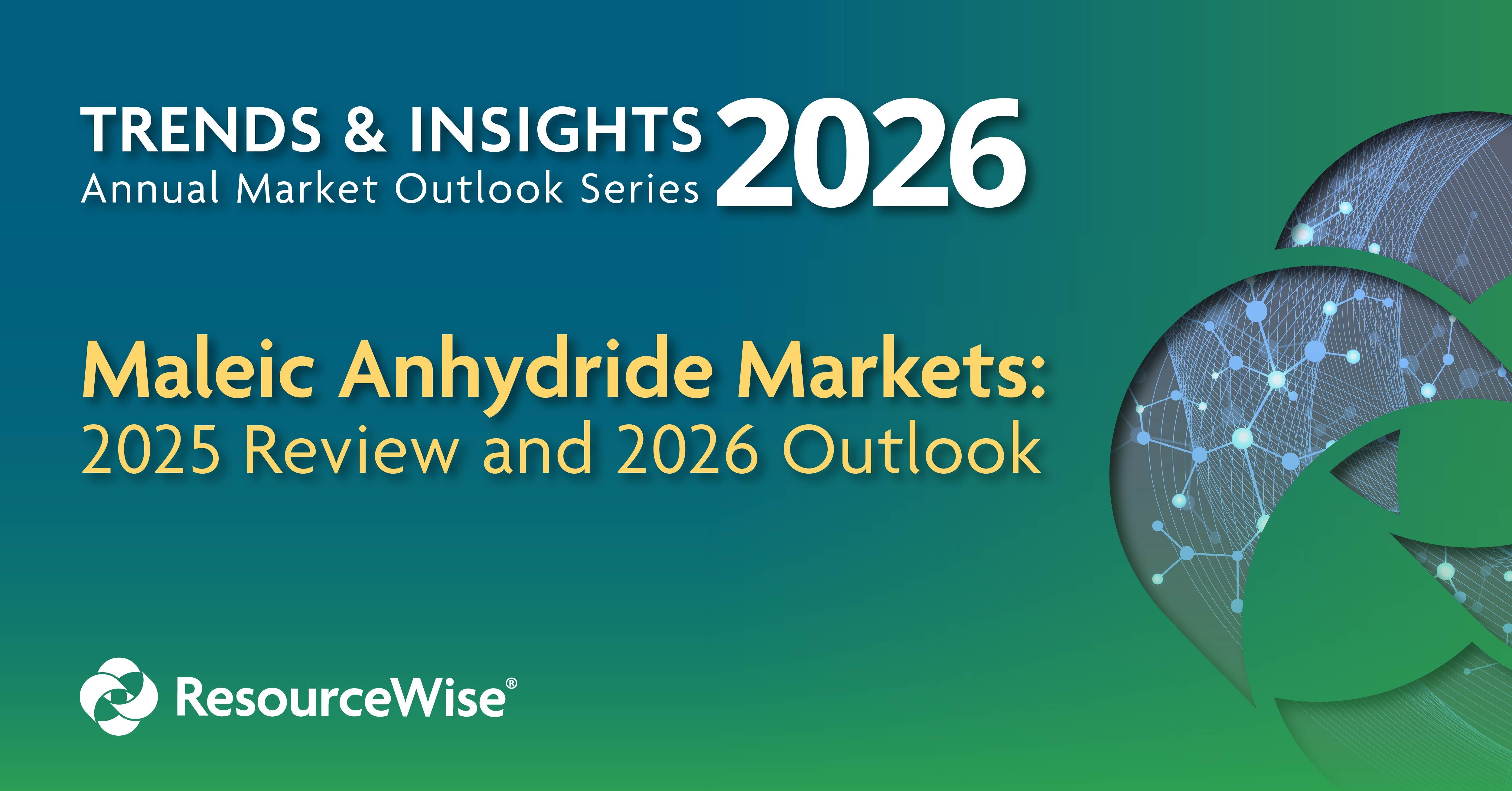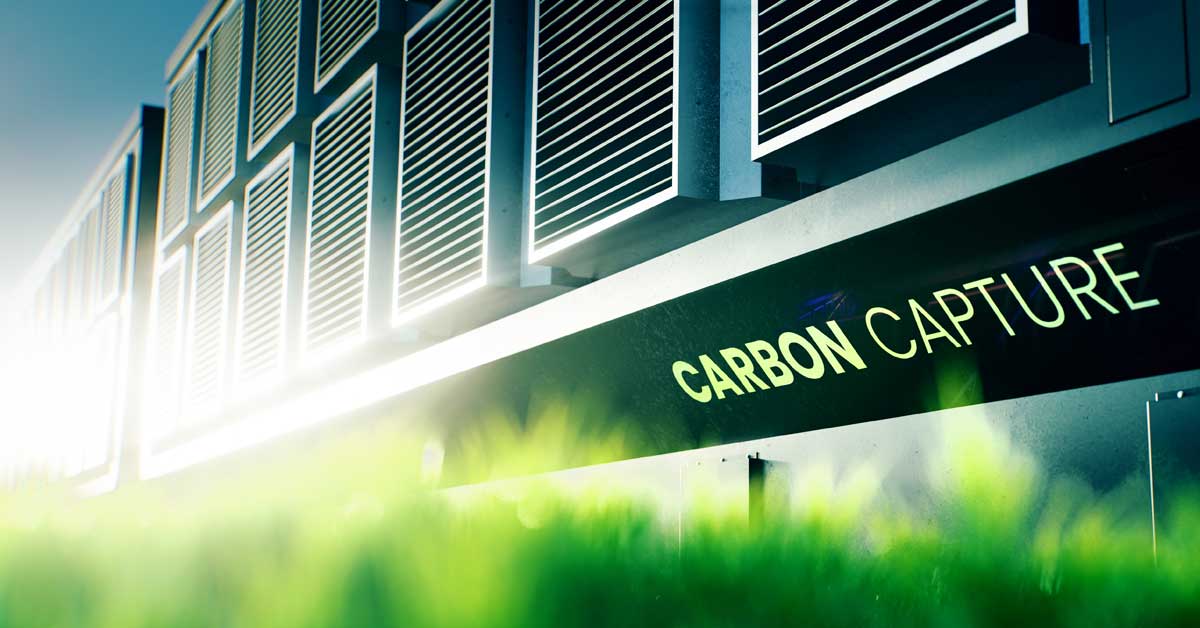
China's export power reshapes global flows as the market braces for another year of oversupply.
A Year of Persistent Imbalance
For the maleic anhydride (MA) market, 2025 brought little relief from the pressures that have defined the past several years. Weak downstream demand, chronic oversupply, and narrowing producer margins dominated across all major regions. Even as feedstock n-butane costs softened toward the end of the year, that relief was offset by subdued construction activity, tight credit conditions, and sluggish consumption in unsaturated polyester resin (UPR) applications.
The result was a year of endurance rather than recovery, as producers across all regions focused on cost discipline, export management, and operational resilience in an oversupplied global system.
North America: Exports Rise, Demand Remains Flat
In North America, the MA market remained subdued throughout 2025. Buyers largely limited purchases to contractual volumes, keeping spot activity thin. Contract discussions continued to mirror feedstock n-butane trends, with values steady for most of the year.
Domestic demand showed little improvement, as construction and composites sectors remained muted and the marine segment stayed weak. Export activity, however, stood out: US producers increased shipments to Europe and Turkey during the first half of the year, capitalizing on temporary supply disruptions. Still, these export gains provided limited margin recovery amid global competition. By the fourth quarter of 2026, contract negotiations reflected low expectations, characterized by steady prices, cautious purchasing, and limited confidence in short-term growth.
Europe: Local Strain, Global Dependence
Europe spent 2025 caught between declining local production and growing import dependence. The closure of Huntsman's Moers plant mid-year left a gap that was quickly filled by competitively priced Asian materials, particularly from China and South Korea. While US suppliers continued to serve selected customers, Asia became the region's dominant external source.
Spot values in Europe continued to trend steadily lower throughout the second half of the year, reflecting persistent demand weakness and strong competition from imports. Quarterly contracts followed a similar trend, declining noticeably from earlier in the year as sellers faced unrelenting downward pressure across both merchant and captive markets.
European producers, including Polynt, focused on captive consumption and cost containment, while imports from Asia intensified competition. Bosnia's GIKIL, facing severe financial distress, reportedly ceased operations in October. At approximately 12 ktpa of capacity, the outage is not expected to materially tighten supply given subdued demand and robust import availability; however, it underscores the precarious financial position of smaller independent producers in today's challenging market conditions.
By the end of 2025, Europe had clearly shifted into a buyer's market. Ample imports and subdued downstream activity kept margins under strain, while any recovery in 2026 now hinges on better alignment between production costs and demand, rather than the addition of fresh capacity.
Asia and China: The Center of Gravity Shifts East
In contrast to stagnation elsewhere, Asia's MA industry in 2025 was defined by expansion, competition, and export dominance. Led by China, the region strengthened its position as the world's largest net exporter of maleic anhydride.
Massive new capacities came online across China, with Huizhou Boeko, Zhongneng New Material, Fujian Baihong, and Huizhou Yussen all adding production, pushing China's total capacity to new highs. The result was an intensifying glut that kept operating rates low, prices weak, and margins razor-thin.
With ample capacity and thin margins, Chinese producers intensified their focus on exports. Customs data showed that China's MA exports surged sharply, rising 36% in 2024 and another 15% year-over-year through September 2025, reaching nearly 177,000 tons in the first nine months alone. These low-priced cargoes reshaped global trade, displacing other Asian exporters such as South Korea and Malaysia and applying downward pressure across all regional benchmarks.
Competition within the region has remained intense. Oversupply forced producers to expand export channels, while shutdowns by Nan Ya in Taiwan and Huntsman in Germany were quickly offset by new Asian supply. At the same time, China's downstream integration strategy evolved: most planned MA-to-BDO projects were abandoned due to cost disadvantages versus carbide-based routes, leaving only Hengli Petrochemical operating an integrated system. Another MA-based BDO producer suspended output amid sustained losses.
Looking ahead, Asia will continue to be the core of global MA output and exports. More capacity is expected to come online in 2026, while weak profitability may prompt rationalization in older facilities outside China. Policymakers in importing regions may eventually consider protective trade measures should low-cost Asian imports continue to undermine local producers.
Global Trade Balance: A Market Redrawn
The surge in Asian exports fundamentally altered global MA trade flows. Europe's shortfall following Huntsman's exit was largely offset by Chinese and Korean material, while the US played a smaller, tactical role as an exporter. By late 2025, China had effectively become the world's swing supplier-able to adjust production and export volumes quickly in response to regional price dynamics. Its feedstock advantage, scale, and logistical flexibility have made it the key price-setting force in the international market.
Key Themes of 2025
- Oversupply deepened globally, led by aggressive Chinese capacity expansion.
- Operating rates and margins deteriorated, particularly in Asia.
- Europe became increasingly import-dependent, with China continuing to serve as its primary external source.
- Smaller, non-integrated producers such as GIKIL faced mounting financial pressure, while Huntsman's permanent closure of its MA plant in Germany marked a major structural change in the European market.
- Trade competition intensified, with freight costs and tariffs adding complexity to export flows.
- Downstream demand remained weak, providing no offset to the persistent growth in supply.
2026 Outlook: Stability, Not Recovery
The 2026 outlook suggests more of the same-ample supply, flat demand, and modest margins.
- Demand: End-use sectors such as construction, marine, and composites are expected to remain subdued amid slow macroeconomic recovery.
- Supply: New capacity additions in Asia, along with TCL Specialties' plant in West Virginia, MOL's Hungarian expansion, and the first MA plant in Turkey by TN Maleik Petrokimya, will further lengthen global supply.
- Trade: China will continue to dominate global flows, while US shipments are likely to remain tactical. Europe's reliance on Asian imports is expected to persist.
- Pricing: With stable feedstocks and soft fundamentals, MA values are likely to remain rangebound.
- Industry Strategy: Producers will continue emphasizing cost efficiency, integration, and supply-chain agility. Rationalization in Europe could accelerate if import pressure persists.
Conclusion: The Long Wait for Demand
The 2025 MA market closed much as it began-oversupplied, competitive, and structurally unbalanced. While stable feedstock costs and stronger trade flows provided some relief, the sheer scale of Chinese capacity additions and weak downstream demand continued to keep the market under pressure.
As 2026 begins, the global MA industry faces another year where discipline will likely outweigh growth ambitions. China remains the defining force shaping trade and pricing, while other regions focus on adapting to and improving efficiency. Until downstream markets regain traction, stability rather than recovery will continue to be the industry's most realistic benchmark.


 Kaiyin Hu
Kaiyin Hu

